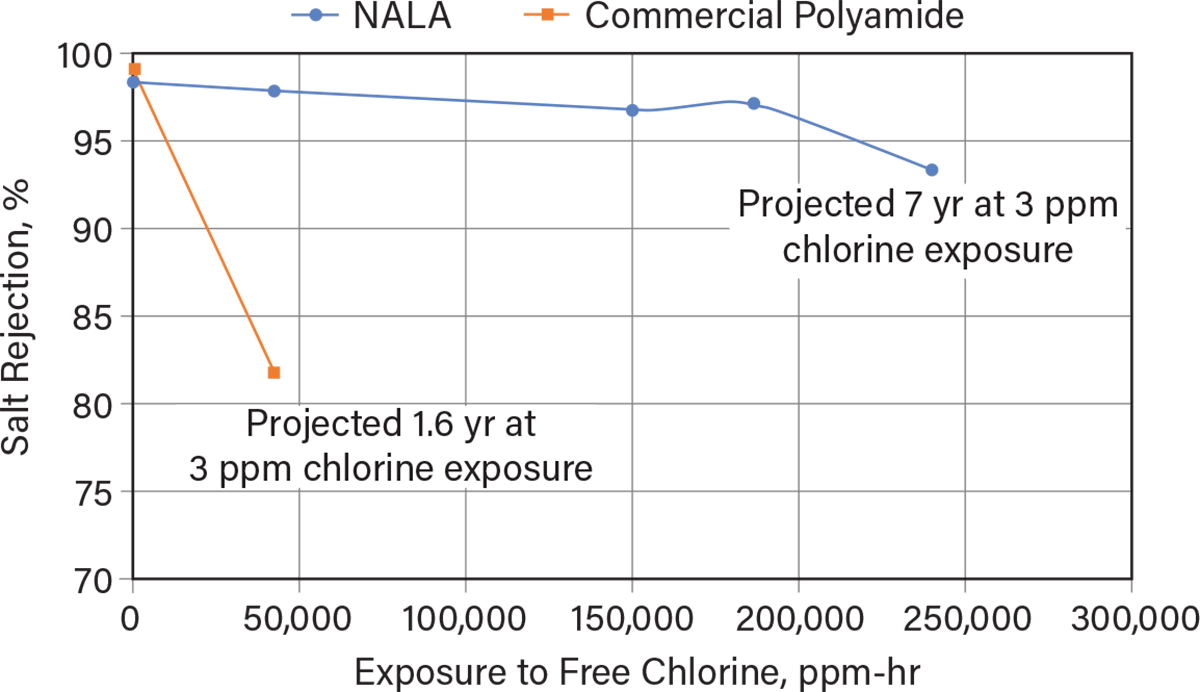NSF Funded Companies: In Partnership with CEP
These articles were written in partnership with the Chemical Engineering Progress about the work of some of our NSF funded companies.
Rapid Specific Detection of Aerosolized Viruses
The COVID-19 pandemic has revealed serious deficiencies in our ability to contain disease-causing pathogens that are transmitted via aerosols. Prior to the pandemic, aerosol transmission was believed to be relatively uncommon and unimportant compared to transmission through large droplets and by surface contamination. However, recent investigations have demonstrated that SARS-CoV-2, the virus that causes COVID-19, is primarily transmitted via aerosols.
Learn MoreRedefining Protein Therapeutics with an Expanded Amino Acid Universe
Therapeutic proteins are used to treat a wide variety of diseases, from cancer and heart disease to cystic fibrosis and diabetes. These proteins currently are produced using microbial fermentation in cell cultures and by transgenic animals or plants. They represent a nearly $200 billion market, yet product stability and unintended immune responses remain significant obstacles to treatment. For example, many therapeutics suffer from short half-lives that require frequent dosing, which can lead to increased side effects and noncompliance to treatment. Many other therapies produce immune reactions that impair therapeutic activity or endanger the patient. Often, these challenges arise from a limitation inherent to all proteins: they are made from the same 20 amino acid building blocks.
Learn MoreLow-Cost Nanostructured Catalysts Promise Cleaner Indoor Air
Poor air quality has serious public health consequences, as highlighted recently by the COVID-19 pandemic and Western U.S. wildfires. According to World Health Organization (WHO) and World Bank reports, the annual societal cost associated with air pollution is close to eight million premature deaths and $5.7 trillion.
Learn MoreCombating Pests with a New Class of RNA-Based Pesticides
Our agricultural system is facing tremendous challenges in sustainably meeting the food demands of the growing world population. An evaluation of the crop protection sector found that the total cost of using chemical pesticides — including regulatory, human health, environmental, and exposure-prevention costs — exceeds $39.5 billion per year in the U.S. (1).
Learn MoreChlorine-Resistant Membranes Promise a New Era for Reverse Osmosis
The world is not on track to achieve the United Nations (UN) sustainable development goal of clean water for all by 2030. Population growth, urbanization, and climate change aggravate water scarcity. The current devastating drought in the western U.S. is a result of these factors coupled with long-term over-withdrawals of freshwater resources. To meet potable water needs, communities are turning to non-freshwater sources. Today’s best technological solution to purify non-freshwater sources into potable water is reverse osmosis (RO), the most cost-effective and energy-efficient method of desalination.
Learn More





